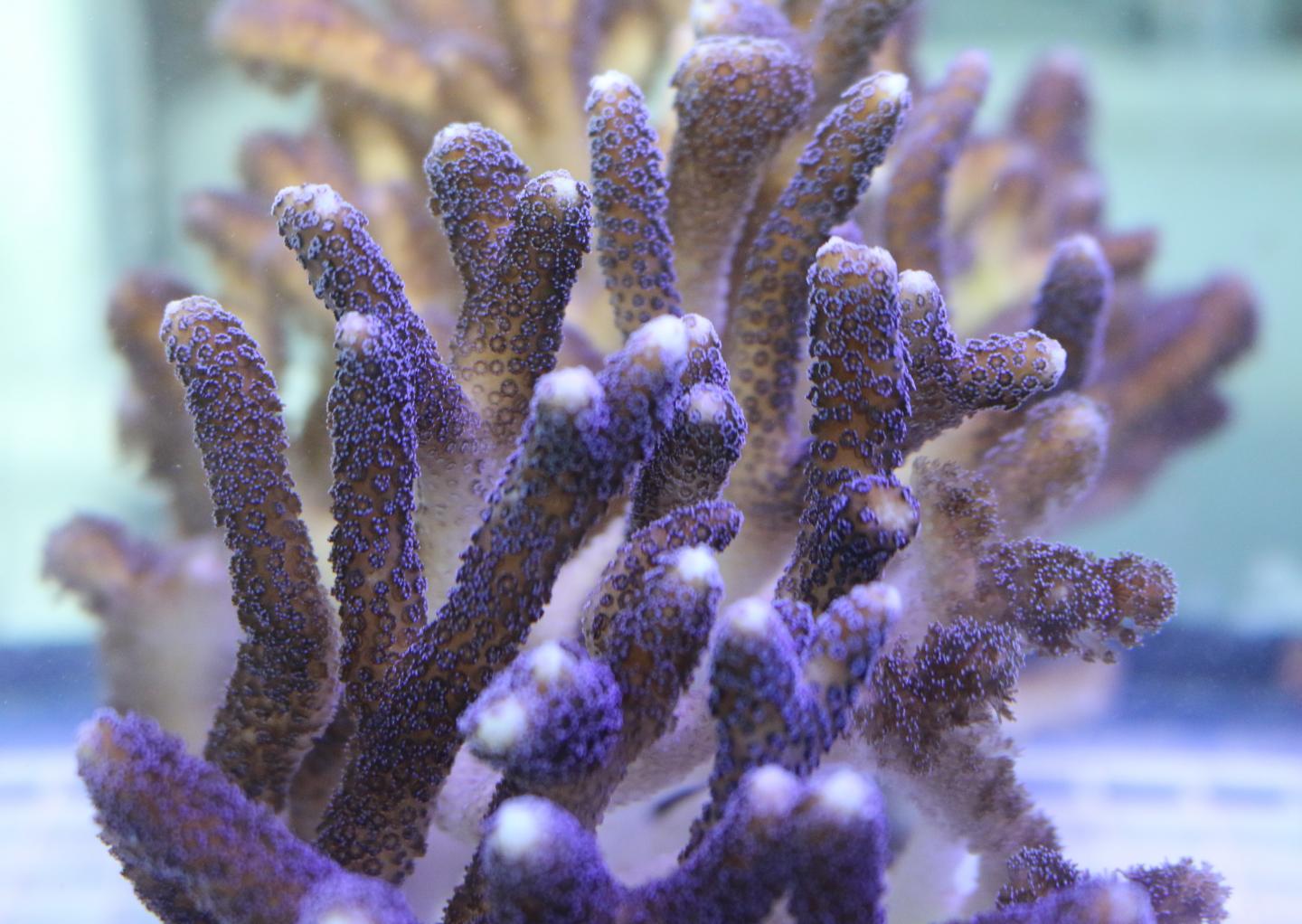Scientists’ findings suggest corals will withstand climate change

Credit: Kevin Wyman/Rutgers University
Charles Darwin, the British naturalist who championed the theory of evolution, noted that corals form far-reaching structures, largely made of limestone, that surround tropical islands. He didn’t know how they performed this feat.
Now, Rutgers scientists have shown that coral structures consist of a biomineral containing a highly organized organic mix of proteins that resembles what is in our bones. Their study, published in the Journal of the Royal Society Interface, shows for the first time that several proteins are organized spatially – a process that’s critical to forming a rock-hard coral skeleton.
“Our research revealed an intricate network of skeletal proteins that interact spatially, which likely applies to all stony corals,” said Manjula P. Mummadisetti, who led the research while she was a postdoctoral associate in the Rutgers Environmental Biophysics and Molecular Ecology Laboratory led by senior author Paul G. Falkowski. She is now a senior scientist at AVMBioMed in Pottstown, Pennsylvania. “It’s important to understand the mechanisms of coral biomineralization and how these invaluable animals persist during the era of anthropogenic climate change.”
“Our findings suggest that corals will withstand climate change caused by human activities, based on the precision, robustness and resilience of their impressive process for forming rock-hard skeletons,” said Falkowski, a Distinguished Professor in the School of Arts and Sciences and School of Environmental and Biological Sciences at Rutgers University-New Brunswick.
Coral reefs protect shorelines threatened by erosion and storms, and provide fish habitat, nursery and spawning grounds. Indeed, coral reefs provide food for about a half-billion people, who also depend on them to make a living. However, warming ocean waters from climate change put corals at risk from deadly bleaching and disease. More acidic ocean waters, sea-level rise, unsustainable fishing, vessels that damage reefs, invasive species, marine debris and tropical cyclones pose additional threats, according to the National Oceanic and Atmospheric Administration.
Rutgers scientists studied the spatial interactions of the proteins embedded within the skeleton of Stylophora pistillata, a common stony coral in the Indo-Pacific. Stony corals have evolved over more than 400 million years, forming enormous reefs in shallow subtropical and tropical seas. They’ve been called the “rainforests of the sea.”
Predicting the survival of corals based on how they adapted to global climate change over millions of years requires understanding, among other things, how they build reefs by secreting calcium carbonate. That process is called biomineralization.
The scientists showed that several proteins work together to create optimal conditions for biomineralization. These proteins are not located randomly but are well-organized spatially, which the scientists detailed for the first time. The scientists revealed the spatial patterns as new mineral is formed between the living tissue of the animal and its base or an older skeleton.
###
Jeana Drake, who earned a doctorate at Rutgers and coauthored the study, is now at the University of California, Los Angeles, and the University of Haifa.
Media Contact
Todd Bates
[email protected]
Original Source
https:/
Related Journal Article
http://dx.





